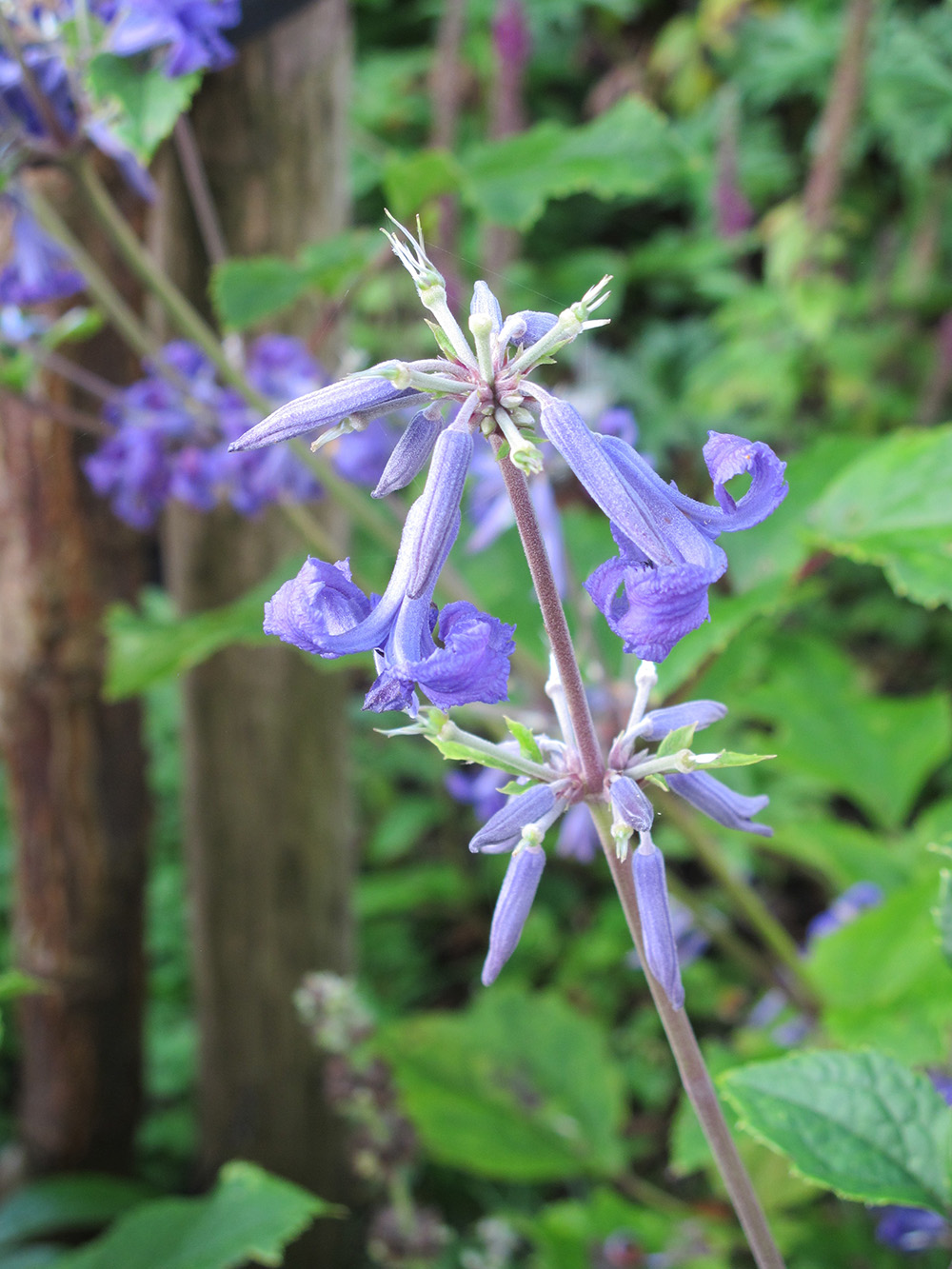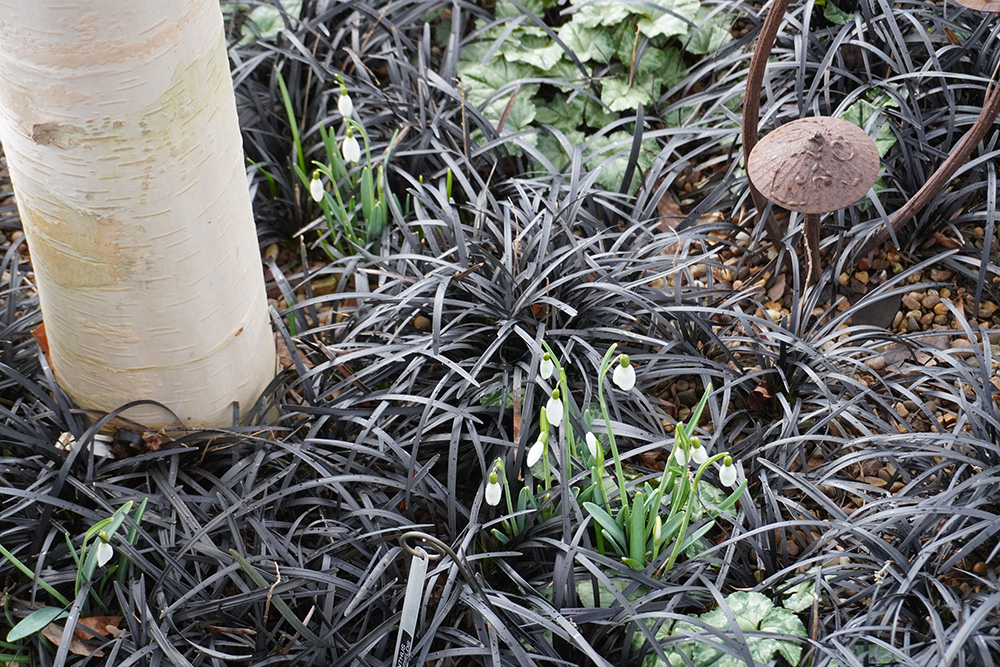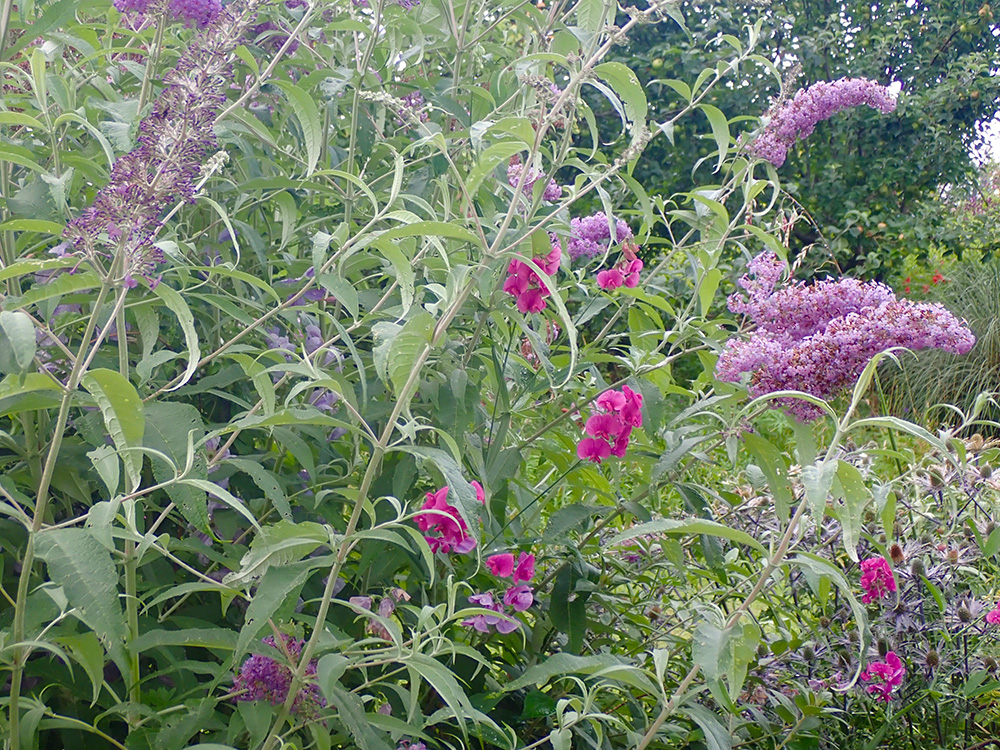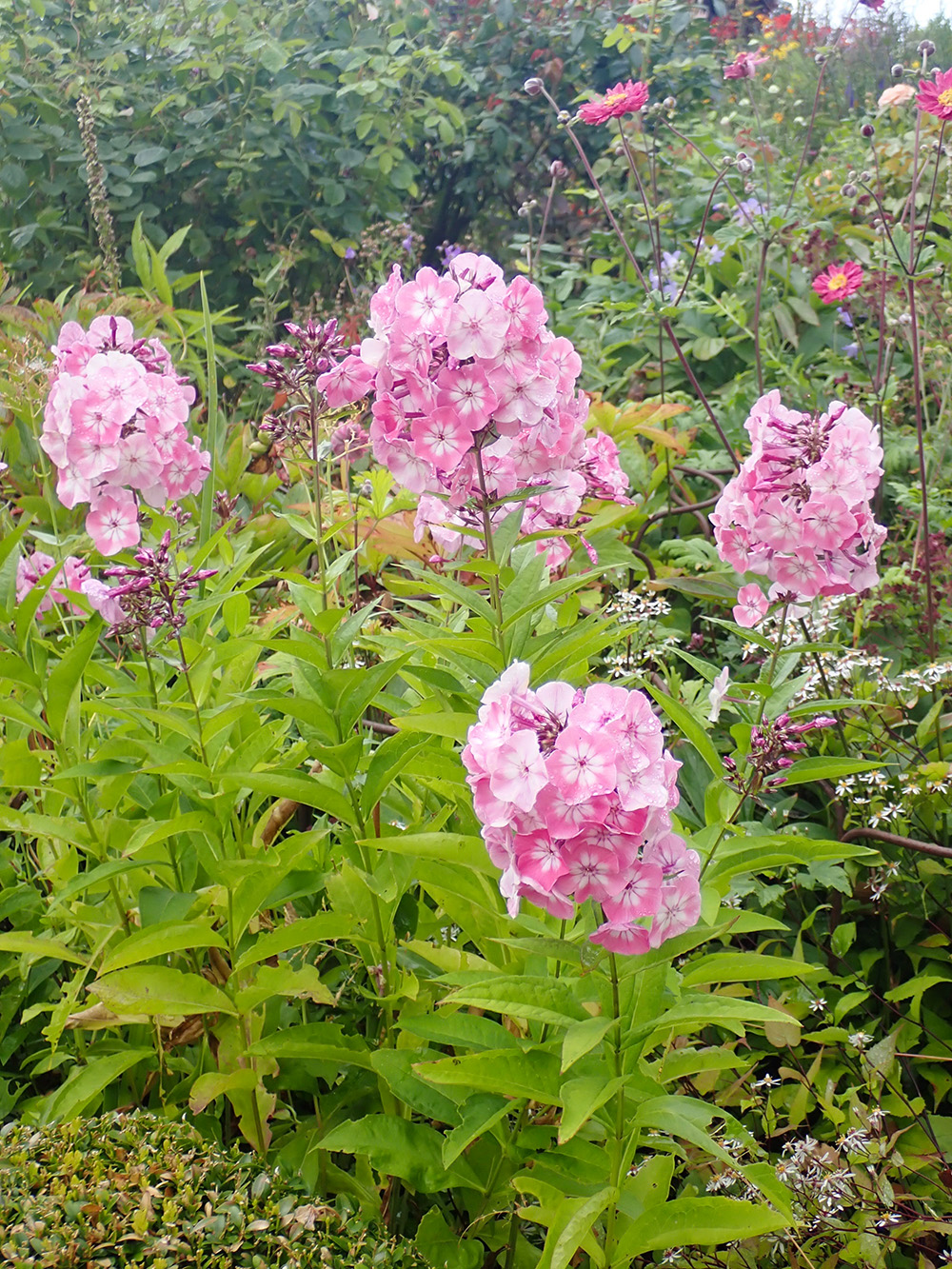There’s one day of the year that fills me with terror and it’s our village fete! It’s always held on the first Saturday of August and I grow plants for the plant stall, but however many I manage I am riven with guilt. You see, I haven’t managed to make chocolate and coffee cakes for the teas. I haven’t come up with a stunning raffle prize, or some costly bottle of grog for the tombola. I have failed yet again and I know that I will never be one of those village ladies that matter. I’m the one in the apron and wellies, pushing the wheelbarrow up the ‘hill of disappointment’.
It is a seminal day and every year I cast a reassuring eye over my garden, before I do battle, noting what’s out and what’s to come. I get to look at some of the other gardens too because the tall gates with frightening buttons, endemic to Cotswold villages these days, are thrown open on that day. I can’t help noticing that the garden flowers seen on fete day, or should that be fateful day, have changed in the 19 years I’ve been living here. They are flowering earlier due to climate change.

The blue, fragrant-flowered herbaceous clematis, allied to Clematis heracleifolia and C. tubulosa, used to add September sparkle. These days the blue recurved flowers appear in July and by my reckoning that six weeks before they used to appear. I grow ‘Cassandra’, in honour of the late Telegraph journalist Cassandra Jardine who died aged 57 in 2012. A bright light gone out. ‘Wyevale’, a softer blue, is also excellent. Both have AGM awards and both reach three feet and creep about a bit. I’d rather have their blue tubular flowers in September, when the crystal-clear autumnal light flatters them more.
At one time I would have called the crocosmia, ‘Star of the East’, an autumn-flowering plant as well. These days the orange buds begin to break in early August. It is swings and roundabouts though. The warming climate has made it easier for me to keep ‘Star of the East’ here. Previously it disappeared in cold winters. Now it’s trotting down the border between the gate and the front door, with gusto. I love a plant that roams and fills the gaps.

This year I spotted the autumn-flowering Cyclamen hederifolium out at the end of July, for the first time ever. That was another flower I associated with September, because it popped up after we’d been drenched by autumnal rain. Now it’s out in the long school holidays. This cyclamen makes large corms and we have some here the size of dinner plates and one Japanese fern, a Pteris, has succumbed to the mighty weight of a large, moisture-excluding corm. It’s like being on an aeroplane, next to the largest person on the flight. Help!
My C. hederifolium corms do not compare to some I once saw in woodland close to Bitton in Gloucestershire. This parish was once home to Canon Henry Nicholson Ellacombe (1822 – 1916), the author of In a Gloucestershire Garden published in 1985. He grew Cyclamen hederifolium in the woods close to his home, probably sprinkling the seeds about. The garden designer Julian Bannerman, who once lived in the village with his family, took me to see these monsters in the 1990s. The corms there had lifted themselves out of the ground, on one side, like discus thrown by long-armed giants. On close inspection they were the size of dustbin lids. They probably look like flying saucers now. Just as well you’ve moved Julian.
I love the jaunty flowers of cyclamen, which spring out of the bare ground to announce that summer is over. Get out your woollies. Fill the log basket and stock up on some good novels they seem to be saying. Seeing autumn cyclamen in July is a bit of a downer though. I’m not ready to relinquish summer and I’ve taken Rosa ‘Frau Dagmar Hastrup’ out because I hated seeing the round orange-red red hips appearing in summer.
The threatening size of the corms of Cyclamen hederifolium, means that they must be kept away from walnut-sized corms of the spring flowering Cyclamen coum. You can tell them apart from the shape of their foliage. Autumn-flowering C. hederifolium has ivy-shaped triangular leaves and you can get some lovey variations with marbling and veining and these make a great impact in the winter garden. C. coum has small rounded leaves, almost kidney-shaped.
Cyclamen seed pods look like old-fashioned leather purses, but on coiled springs. The seeds can be collected and sown, but they need a period of cold striation before they agree to germinate. As an inexperienced gardener I once got fed up with waiting for them to do something, so I emptied the seedtray into a rather horrible hypericum close to the greenhouse. A couple of years later I noticed cyclamen flowers in the midst of my hypericum. The late Peter Moore, who ran the specialist cyclamen nursery in Kent, Tile Barn, threw all his spare cyclamen seeds on the sunny side of a conifer hedge over many years. His floral carpet thrived.

I have sorted out my buddleia which was also flowering precociously early. I savaged it in late autumn, back as far as I dared, and then worried that I’d killed it off in the wettest winter for decades. It is reblooming this August and looks far better for a radical hatchet job. The trouble is the butterflies are few and far between this year, because the wet winter’s done for them as well. I’ve got half of the equation right though. Perhaps next year, we’ll have butterflies galore when the buddleia is out.
I encourage climbers to scramble through the buddleia and the perennial sweet pea, Lathyrus latifolius, is producing bright-pink flowers. Clematis ‘Emilia Plater’, a viticella with pale mauve-blue flowers barred in rose-pink pre-empts the buddleia. Viticella clematis make useful scramblers for shrubs and trees and the one I aspire to grow is ‘Alba Luxurians’, an asymmetrical white colour-washed in green. My attempts to train this wild gypsy up my apricot tree have failed – as yet!

The garden phloxes loved last year’s winter wet and the outstanding one is ‘The Duchess of York’, a white-eyed pale salmon-pink with very domed heads. This was raised in the 1930s and probably named for the late Queen Mother, Elizabeth Bowes-Lyon who held the title before the abdication. It’s always listed as late, but it comes up trumps every August and has done for many a year. I also rate a tall cool-pink phlox named ‘Utopia’, a shorter white and purple named Uspekh’ (sometimes sold as ‘Laura’) and ‘Bright Eyes’, a fragrant red-eyed pale-pink that endures from year to year.
Think back to the dry summer of 2022, when garden plants crisped. My phloxes failed me completely then, so I vowed to remove them all because dry weather was going to be the norm. Thank the Lord I didn’t get time to do it, in the same way I didn’t get enough time to rustle up four iced sponges for the fete teas, or come up with cakes to sell. It’s all to do with fate, or should that be fete.
In the meantime, climate change is with us and, like many gardeners, I’m confused. My phloxes are speaking to me though and they’re saying ‘wait and see and don’t do anything rash’.



